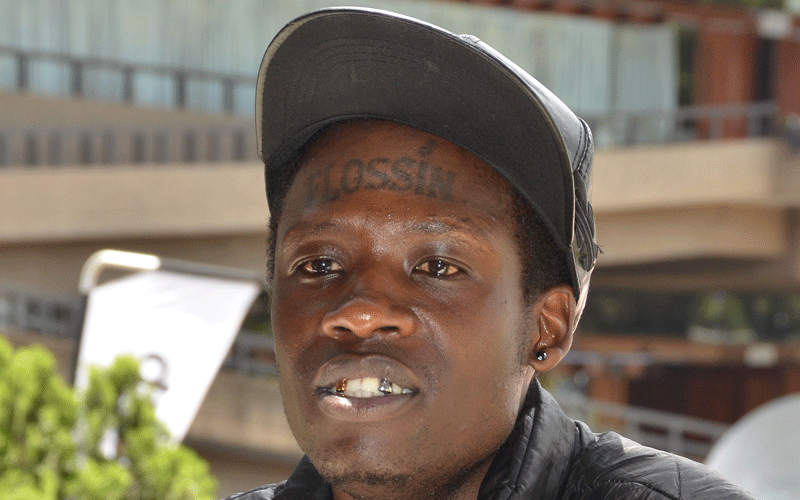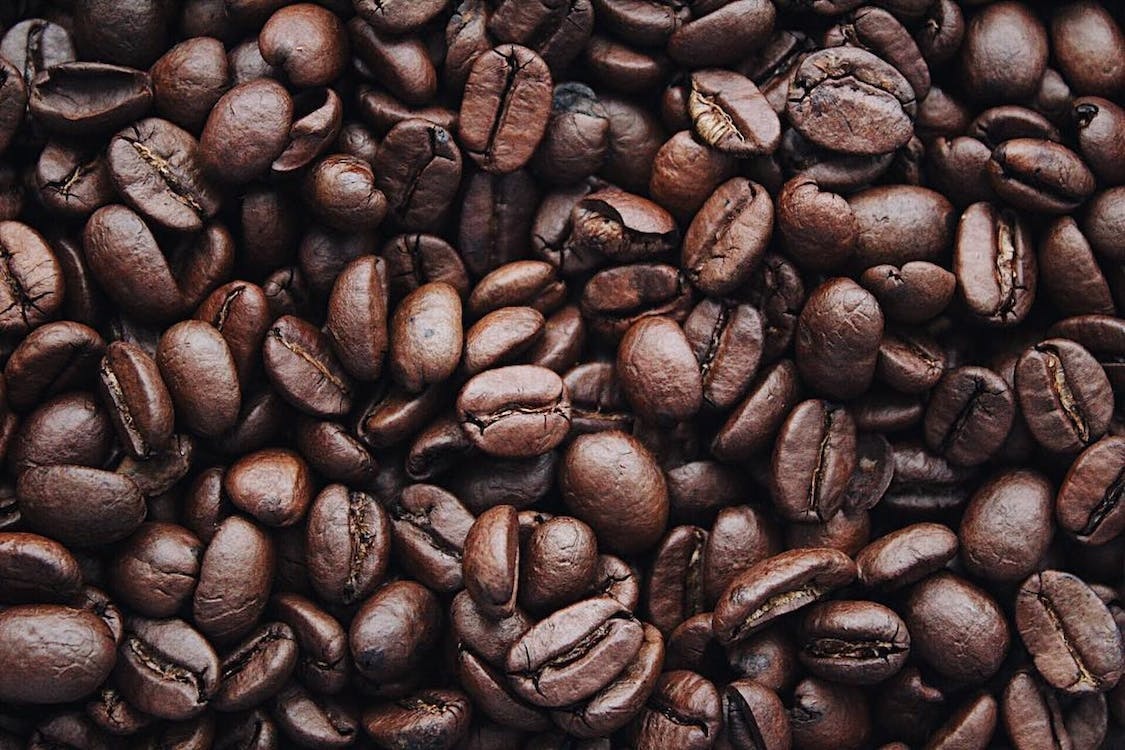Meet Flossin Mauwano: City’s faceless, famous king of grafitti

If you have walked the streets of Nairobi, you must have come across the inscription ‘Flossin Mauwano’. We uncover 29-year-old STEPHEN MULE, the man behind the messages
Clifford Akumu
On roads and highways in Nairobi city, it is easy to spot the sign “Flossin Mauwano”.
Stephen Mule, aka Flossin Mauwano’s, iconic graffiti work always strategically painted on high walls, flyovers and lane barriers, has now found its way into other parts of the country, including Kisumu and Mombasa.
Mule’s work just like other street artworks have been met with various theories from simple tags of identity, to scrawled expressions of protests and politics to complex and beautiful scenes.
Flossin Mauwano has been associated with politicians, criminal gangs out to mark their territories, but others just think it is a bunch of idle youth trying to waste time or grab attention.
As mysterious as it sounds, the tag ‘Flossin Mauwano’ and its origin, has continued to baffle many Kenyans.
And even finding the man behind the ‘graffiti’ is a Herculean task to say the least.
The long search for this faceless artiste finally materialised recently at a coffee shop in Nairobi’s Central Business District, where I finally got to have a chat with him.
As we sip coffee, cars right outside our cafe excessively honk at each other and flout traffic rules as drivers make angry gestures.
It is rush hour and everybody wants to get home fast and by all means. The walkways are crowded by a sea of humanity.
Parents’ death
The 29-year-old’s voice is low pitched and and is fiercely smart. A tattoo on his forehead ‘Flossin’ speaks about how he cherishes the tag. In fact, for him the term ‘Flossin Mawuano’ reverberates as a ‘faith’.
But what is the origin of the word ‘Flossin Mauwano’ and what does it mean?
Back in 1997, a grisly road accident robbed him of his parents. His father, a military officer stationed at Lang’ata Barracks, and mother, lost their lives as they tried to escape rowdy youth during that year’s post-election violence.
He was later left in the custody of his step mother. His stepmother would later marry his father’s lawyer and they connived to share his father’s property. That marked the genesis of Mule’s misfortunes.
“At the age of six, I was forced to do a lot of household chores. I used to spend the night in the cold after being locked out of the house,” he recalls adding,
“It was a horrific experience,” he pauses, showing scars on his cheek a stark reminder of the abuse he underwent.
But one particular incident in 1998, a year after losing his parents is still stuck on his mind. “That day, my stepmother literally set me on fire.
Luckily I managed to escape and had to spend the night next to a running sewer in the slums of Laini Saba, Kibra,” he painfully grins.
His father had enrolled him on an education plan, so going to school was not a problem.
But the situation became unbearable in the house, and he escaped to funeral gatherings within the slum to do his homework and take refuge until the following day when he would sneak back to the house to his uniforms to attend school.
Mule had to learn survival tactics as life in the slum was not easy. “I started hawking groundnuts in the slum because I needed to eat.”
Straddling between his rights violation and an empty stomach most of the time, he put a brave face until he was able to sit for his national exams at Kihumbuini Primary School, Kangemi having transferred from Glory Primary School in Kibra. His aunt facilitated the transfer.
Street life
He would, in 2007, join Lang’ata Secondary School, a boarding facility that accorded him a semblance of peace and concentration.
While in high school, his step parents had employed a house help who he says used to comfort him during his low moments.
“We used to tell stories and she could encourage me never to give up. We fell in love and eventually she got pregnant,” he says.
In 2010 while in Form Three, his stepmother threw them out of the house. Mule was forced to rent a shanty within the slum.
“I had to adjust my schedule as a student by day, a father by night and a hawker during weekends,” he narrates.
As if throwing him out their house was not enough, his stepmother tried to connive with a doctor to terminate the pregnancy. He confronted her about it only to dearly pay for his actions when he spent several months in jail.
His wife bore him a son whom they named, Nairobi, in memory of the troubled life he had undergone in the streets. “My son makes me happy. He makes me work harder every minute,” he says.
But it was the life in jail that transformed him from Stephen Mule to ‘Flossin Mawuano’. “I decided to stand for justice and my rights,” he said, his voice firm and with a sence of finality.
It took him time to build the courage to talk. When he finally opened up, he did it through his first single Juu ya Doh, loosely translated to “Because of money”, which he recorded the same year-to pour his tribulations as a teenage-hawker.
Mule says the phrase ‘Flossin Mauwano” is extracted from his Kamba dialect to mean ‘The one who tells stories during sun set’. “That is why I am rarely seen, I work at night.”
When asked why he resorted to graffiti paintings to pass his message, he says “Actually, I am not the one who does those art works, it is my fans”.
In 2011, when there was increased road accidents on Lang’ata road, together, they mounted a spirited road safety campaign on the road using a slogan to warn drivers of the dangers of over speeding.
And their rallying call was, ‘When you drive and see the slogan ‘Flossin Mawuano’, as a driver, you ought to exercise caution on the road’.
Many people joined the bandwagon. His slogan would hit every corner of the city. Officials eventually erected bumps and zebra crossing signages on the road.
Landed in trouble
In Nairobi’s CBD and elsewhere, human rights activists and artists have transformed public spaces with art to advocate for change or simply pass a message.
Mule describes his work as nothing far away from that. “Art helps one resist and persist”, he says.
But in 2018, his graffiti saw him rub the Kenya National Highways Authority the wrong way when he was summoned in court. They termed the graffiti an eyesore.
When not thinking about graffiti, Mule is at the studio recording his music. He says freedom, perseverance and child abuse forms a chunk of his themes when composing his songs.
Interestingly, his biggest wish is to unite Nairobians. “In a few years, I want to see a tribe called Nairobians speak in one language,” he quips.
He adds that to excel in street graffiti, one must be inspired and possess self-belief.
“Artists should do art with an aim of creating a generation and to unite people. My graffiti has never paid anything in form of cash. It is priceless.”












